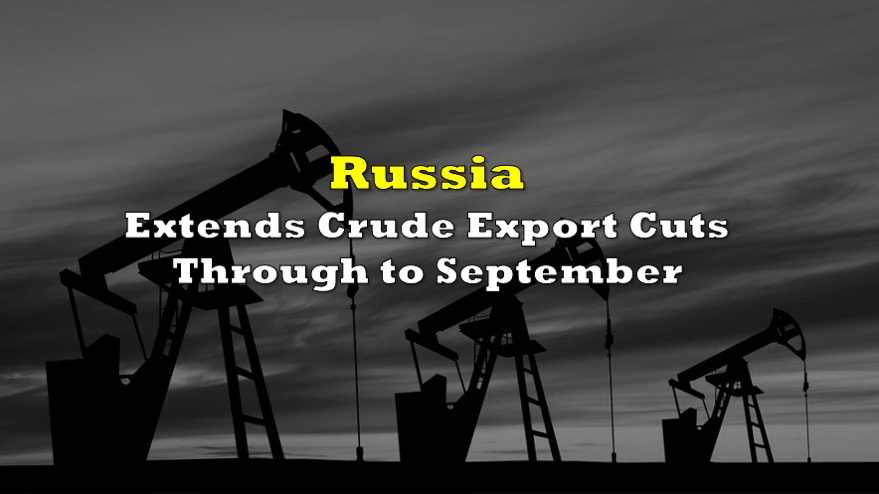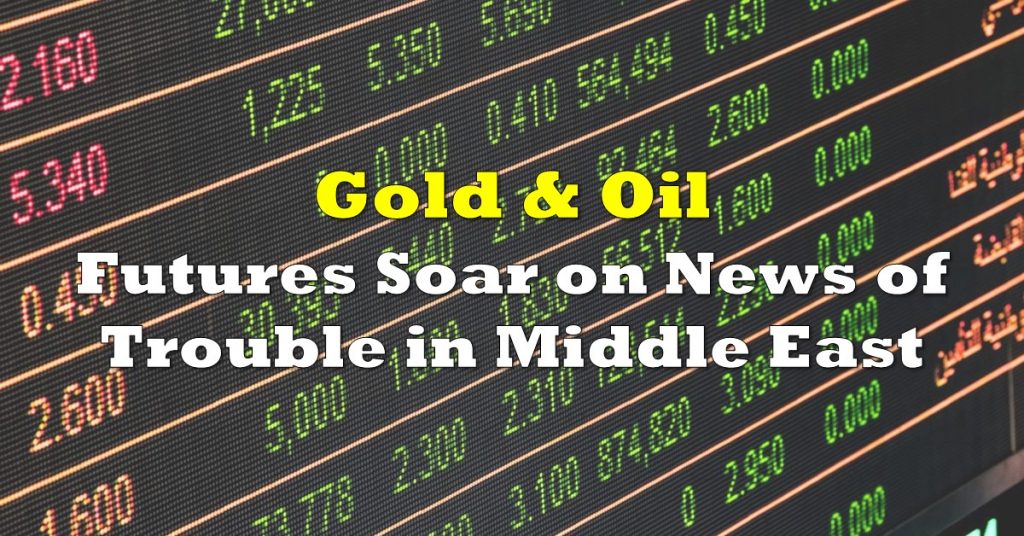Saudi Arabia is opening its economic doors about trading in currencies other than the US dollar, Finance Minister Mohammed Al-Jadaan sounded off at the World Economic Forum in Davos, Switzerland.
“There are no issues with discussing how we settle our trade arrangements, whether it is in the US dollar, whether it is the euro, whether it is the Saudi riyal,” Al-Jadaan said in an interview with Bloomberg. “I don’t think we are waving away or ruling out any discussion that will help improve the trade around the world.”
The world’s largest oil exporter, which has kept its currency pegged to the dollar for decades, is looking to enhance ties with key trading partners such as China. During President Xi Jinping’s visit to Riyadh last year, the two countries agreed to improve energy policy and exploration collaboration, promising to import more that it aims to settle in yuan.
“In the next three to five years, China is ready to work with GCC [Gulf Cooperation Council] countries in the following priority areas: first, setting up a new paradigm of all-dimensional energy cooperation, where China will continue to import large quantities of crude oil on a long-term basis from GCC countries, and purchase more LNG… The Shanghai Petroleum and Natural Gas Exchange platform will be fully utilized for RMB settlement in oil and gas trade, […] and we could start currency swap cooperation and advance the m-CBDC Bridge project,” Xi said in an address at the Arab states summit.
READ: This Week In China: Easing COVID Policies, Boosting Property Market, Visiting Saudi Oil
Al-Jadaan added that the kingdom enjoys a “very strategic relationship with China,” the same as with other nations like the US, but now wants to develop that with Europe and other countries “who are willing and able to work with [Saudi Arabia].”
The pronouncement is seen as potential threat to the decades-long currency hierarchy that has seen the US dollar at the top. Saudi Arabia, the defacto leader of oil cartel OPEC+, has been key in keeping the current world money order with the petrodollar system widely adopted.
The dusk of petrodollar
The term petrodollar refers to the US dollar’s position as the primary worldwide currency for international oil transactions. This status was established in the 1970s as part of a pact between the US and Saudi Arabia in which the US committed to provide Saudi Arabia with military protection in exchange for the Saudi government agreeing to price all of its oil exports in US dollars.
This arrangement has contributed to the US dollar’s status as the world’s reserve currency, as well as given the US enormous influence in the global oil market.
In one of his recent dispatches, Credit Suisse contributor Zoltan Pozsar noted that recent geopolitical moves–most especially by China through demanding renminbi settlement–have been contributing in the de-dollarization of global economy.
“The ‘new paradigm’, as I see it, comes with a theme of ’emancipation’,” Pozsar explained. “Both sanctioned and non-sanctioned members of OPEC, with Chinese capital, are going to adopt the ‘farm-to-table’ model in which they will not just sell oil but will also refine more of it and process more of it into high value-added petrochemical products.”
Simply put, the ‘oil for arms’ arrangement in the 1970s that helped the US dollar rise to the role of world currency has now been crowded out by the ‘oil for development’ proposal by China, setting the stage for the yuan’s improved status in the global stage. The latter’s strategy would probably be more effective as renminbi clients like Saudi Arabia have now empowered economies and want the world to recognize further emancipation.
And they would probably want the same influence the US enjoys in a petrodollar economy.
Sometimes I feel you are one of the most underrated follows.
— The Deep Dive (@TheDeepDive_ca) January 19, 2023
The author added that the process has begun for the dusk of petrodollar, noting that just in 2022, “Russia has been selling oil to China for renminbi, and to India for UAE dirhams; India and the UAE are working on settling oil and gas trades in dirhams by 2023; and China is asking the GCC to ‘fully’ utilize Shanghai’s exchanges to settle all oil and gas sales to China in renminbi by 2025.”
“That’s dusk for the petrodollar… and dawn for the petroyuan,” Pozsar wrote.
With Saudi Arabia leading the pack, many countries–especially OPEC+ clients–might follow suit. However, some observers noted that while there may be a multicurrency system coming our way, the possibility of dollar being replaced as the world’s reserve currency would probably be not imminent since no currency is yet to be considered a strong contender to replace it.
OPEC estimates member countries account for more than 80% of the world's proven oil reserves
— Gold Telegraph ⚡ (@GoldTelegraph_) January 18, 2023
China accounts for 63% of the world's rare earth mining and 85% of rare earth processing
Russia, Iran, and Qatar account for just under 60% of the world’s gas reserves
Petrodollar?
The Saudis are a pillar a petrodollar system established in the 1970s that relies on pricing crude exports in the US currency.
— Wall Street Silver (@WallStreetSilv) January 17, 2023
They are now willing to settle oil trades in Yuan, Euros, Dollars and other currencies. If the Saudis do this, others will follow. pic.twitter.com/V94ahjXoGa
I know this stuff is clickbait, even Poszar finally realizes Euro$ ain't going anywhere anytime soon: "For the foreseeable future, there are no candidates to replace the US dollar as lead currency, and the creation of a global currency remains illusory."https://t.co/S4Rvj26WWF
— Jeffrey P. Snider (@JeffSnider_AIP) January 18, 2023
In April, China will host the fourth Belt and Road Forum after it was postponed in 2021 due to the COVID-19 pandemic.
Information for this briefing was found via Bloomberg. The author has no securities or affiliations related to this organization. Not a recommendation to buy or sell. Always do additional research and consult a professional before purchasing a security. The author holds no licenses.









